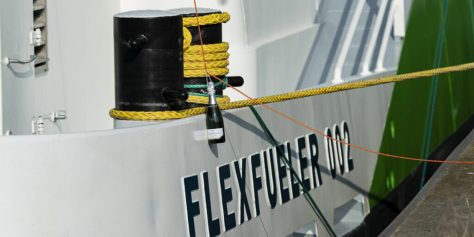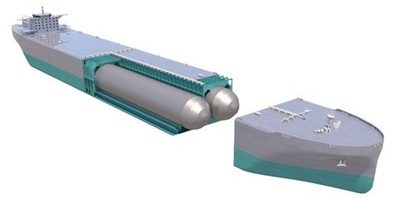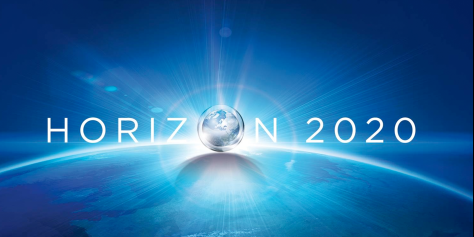The 4% of European shipping could run on synthetic fuels in 2030, according to the map prepared by T&E. But only a third of these projects are guaranteed, as fuel suppliers fear a lack of demand.
The Swiss company WinGD, developer of marine engine technology, has published a new white paper in which it sets out the steps that, in its opinion, will allow deep-sea navigation to be decarbonized in accordance with IMO provisions. The guide is intended to enlighten shipowners about options that can be taken with confidence today to drastically reduce emissions, rather than waiting for the emergence of "miracle" technologies.
During a webinar to celebrate the christening of the Titan LNG Flexfueler002 in the port of Antwerp, Audenaerdt said that many of the same questions related to LNG sourcing have been raised when conducting hydrogen hazard analyzes.
The Canadian company Ballard Power Systems signs a Memorandum of Understanding with Global Energy Ventures (GEV), provider of integrated compressed maritime transport solutions for the transport of energy to regional markets based in Australia for the development of a new ship with fuel cell. fuel, called C-H2 Ship, designed to carry compressed green hydrogen.
The objective of the CHEK project (deCarbonising sHipping by Enabling Key technology symbiosis on real vessel concept designs), is to reduce emissions from maritime transport through the integrated use of forms of energy and low-carbon technologies. These include the use of hydrogen fuel, wind power, electric batteries, heat recovery, air lubrication, and new antifouling technology. Development work on how to design and operate ships is also included.
For climate experts, green or renewable hydrogen - made from electrolysis of water powered by the sun or wind - is indispensable for climate neutrality. It appears in the eight scenarios of net zero emissions of the European Commission for 2050 (ref. 1). In theory, it can do three things: store surplus renewable energy when the grid cannot absorb it, help decarbonize hard-to-electrify sectors such as long-distance transport and heavy industry, and substitute fossil fuels as carbon-free feedstock in the production of chemicals and fuels.
- 1
- 2






